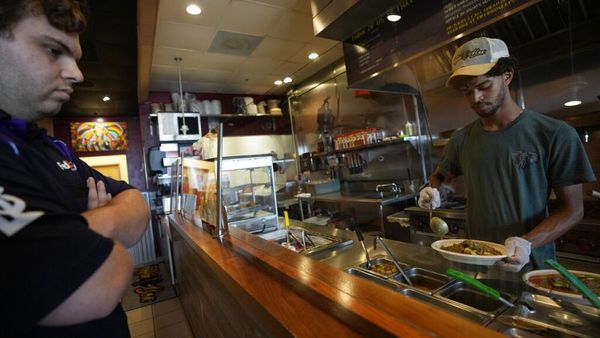On Monday, Linde received a positive adjustment to its Relative Strength (RS) Rating, from 68 to 71.
IBD's proprietary RS Rating tracks market leadership by showing how a stock's price movement over the last 52 weeks compares to that of the other stocks in our database.
History reveals that the top-performing stocks typically have an RS Rating north of 80 as they begin their biggest climbs. See if Linde can continue to rebound and clear that threshold.
How To Invest In Stocks In Both Bull And Bear Markets
Linde broke out earlier, but has fallen back below the prior 461.90 entry from a double bottom. In the scenario where a stock breaks out then falls 7% or more below the entry price, it's considered a failed breakout. If that happens, it's best to wait for a new pattern to form. Also keep in mind that the latest pattern is a later-stage base, which makes it riskier to establish a new position or add shares to an existing one.
Regarding fundamentals, Linde has posted two quarters of rising earnings growth. Revenue growth has been less impressive, coming in at 0% in the most recent quarterly report.
The company holds the No. 3 rank among its peers in the Chemicals-Specialty industry group. Balchem is the No. 1-ranked stock within the group.
This article was created automatically with Stats Perform's Wordsmith software using data and article templates supplied by Investor's Business Daily. An IBD journalist may have edited the article.
RELATED:
Stocks With Rising Relative Strength Ratings
Why Should You Use IBD's Relative Strength Rating?
How Relative Strength Line Can Help You Judge A Stock
Ready To Grow Your Investing Skills? Join An IBD Meetup Group!







